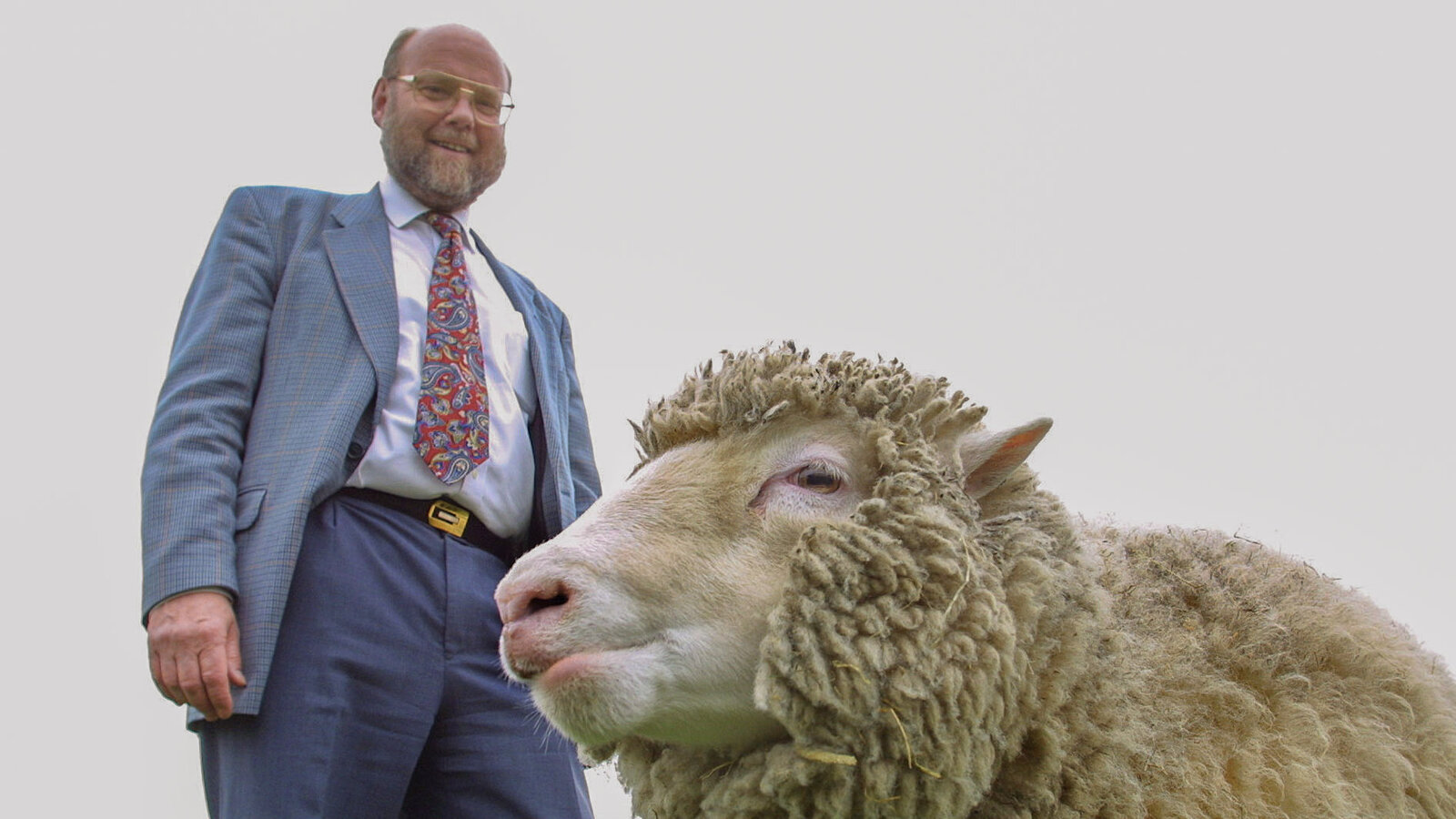On July 5th, 1996, a scientific breakthrough captured the world’s attention: the birth of Dolly the sheep, the first mammal to be successfully cloned from an adult somatic cell. Born at the Roslin Institute near Edinburgh, Scotland, Dolly’s arrival marked a significant milestone in genetic research and ignited both excitement and ethical debates about the possibilities and implications of cloning technology.
The Birth of Dolly
Dolly, named after Dolly Parton due to the genetic material used from a mammary gland cell, was not an ordinary lamb. She was the result of pioneering work led by a team of scientists at the Roslin Institute, including Dr. Ian Wilmut and colleagues. The breakthrough came after years of research into somatic cell nuclear transfer (SCNT), a technique that involves transferring the nucleus of an adult cell into an egg cell that has had its nucleus removed.
Scientific Achievement
Dolly’s birth was a testament to the potential of cloning technology. Before her, many believed that the genetic material of adult cells had irreversibly differentiated, meaning they could no longer be reprogrammed to develop into a new organism. Dolly’s successful cloning challenged this assumption and opened new avenues for genetic research and medical advancements.
The Cloning Process
The process of creating Dolly began with the collection of a somatic cell from the udder of a Finn Dorset sheep. Researchers then isolated the nucleus from this cell and inserted it into an egg cell that had its own nucleus removed. The reprogrammed egg cell, now containing the genetic material from the somatic cell, was stimulated to develop into an embryo through chemical treatment and then implanted into the uterus of a surrogate sheep.
Ethical and Scientific Impact
Dolly’s birth raised profound ethical questions and sparked debates worldwide. Critics expressed concerns about the potential misuse of cloning technology, including the cloning of humans, the welfare of cloned animals, and the implications for biodiversity. Supporters argued that cloning could revolutionize agriculture, medicine, and conservation efforts by producing genetically superior livestock, generating organs for transplantation, and preserving endangered species.
Public Reaction and Controversy
The announcement of Dolly’s birth in February 1997 stunned the scientific community and captured global media attention. It sparked public fascination and apprehension about the future implications of cloning technology. Many viewed Dolly as a symbol of scientific progress and innovation, while others feared the ethical dilemmas and uncertainties associated with manipulating genetic material.
Dolly’s Legacy
Despite Dolly’s groundbreaking achievement, her life was not without challenges. She developed arthritis at an early age, which some scientists speculated could be related to the cloning process. Dolly passed away in 2003 at the age of six, sparking further discussions about the health and lifespan of cloned animals.
Scientific Advancements
Dolly’s birth paved the way for significant advancements in cloning technology and stem cell research. Scientists continued to refine SCNT techniques and explore its applications in various fields, including agriculture, biomedicine, and basic research. The knowledge gained from Dolly’s creation has contributed to understanding cellular reprogramming and genetic engineering.
Conclusion
In conclusion, Dolly the sheep’s birth on July 5th, 1996, marked a watershed moment in scientific history. She was not just a clone but a symbol of human ingenuity and the relentless pursuit of knowledge. While her legacy remains intertwined with ethical considerations and ongoing scientific debates, Dolly’s birth fundamentally reshaped our understanding of genetics and laid the foundation for future breakthroughs in biotechnology. As we reflect on her story, we continue to grapple with the promises and perils of manipulating life at its most fundamental level.












What do you think?
It is nice to know your opinion. Leave a comment.